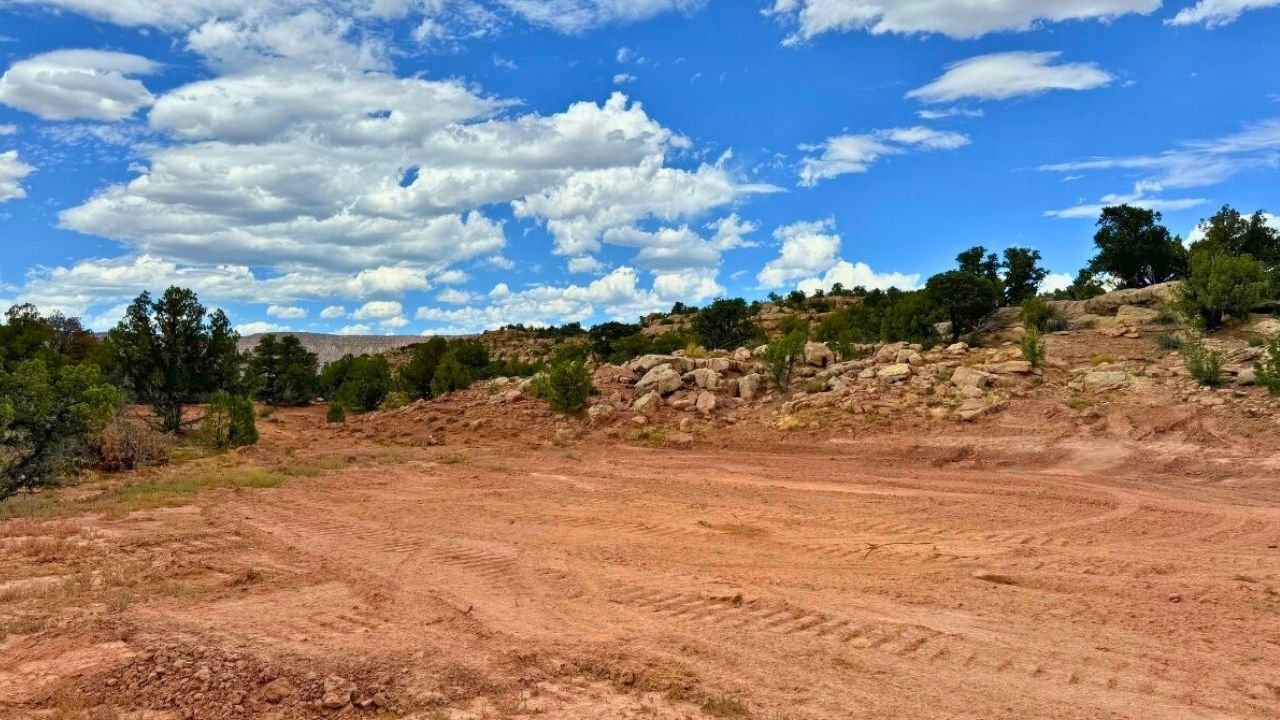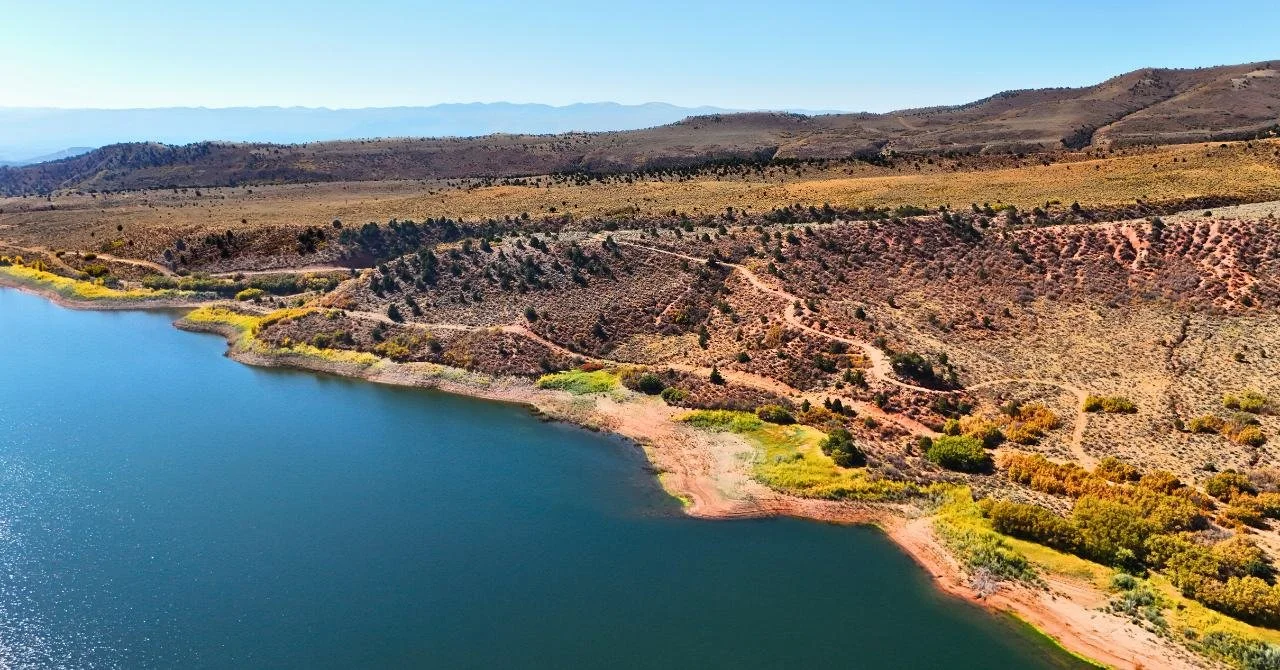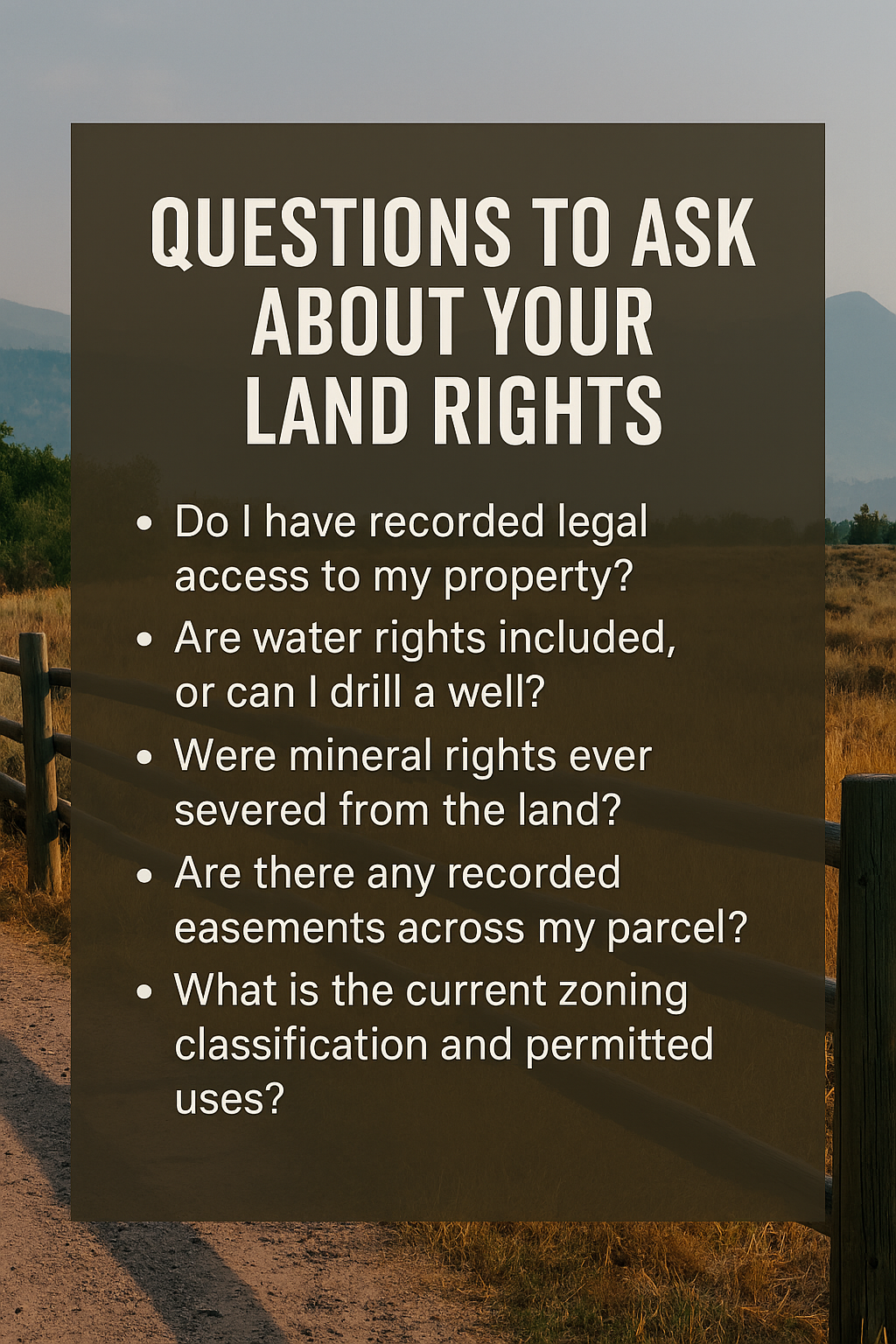Understanding Ownership Rights of Your Land
The information in this article is provided for general educational purposes only and does not constitute legal, financial, or professional advice. Land ownership rights, zoning, water rights, and other regulations vary by county and property. Always consult with qualified professionals—such as attorneys, title companies, surveyors, or the Utah Division of Water Rights—for guidance specific to your situation before making any land purchase or investment decisions.
Why Ownership Rights Matter
When you buy land, you’re not just buying dirt and boundaries—you’re buying a set of legal rights. Understanding what rights come with your property helps you know what you can do, what you can’t do, and what might still belong to someone else.
The Bundle of Rights
Land ownership is often described as a “bundle of rights.” These are the legal benefits you hold as the property owner, but some can be sold, leased, or reserved separately.
Common rights include:
The right to occupy and use the land
The right to build structures (subject to zoning)
The right to lease or sell the property
The right to farm, ranch, or raise livestock
The right to exclude others from your land
Surface Rights vs. Subsurface Rights
Surface rights cover the land’s surface—what you can see and touch. This includes the right to build, farm, and use the property for recreation or business (within zoning laws).
Subsurface rights (often called mineral rights) include resources beneath the ground such as oil, gas, coal, or minerals. These may or may not come with your parcel. In some cases, previous owners or the government reserved mineral rights, even if you own the surface.
Water Rights in Utah
Water rights are a major part of land ownership in Utah. Just because you own the land doesn’t automatically mean you own the right to use water beneath or across it.
Water rights: A legal right to divert and use a specific quantity of water from a source for a designated purpose.
Appurtenant water right: A water right legally tied to a specific parcel unless separated by deed.
Shared well agreements: Allow multiple landowners to use one well, with recorded maintenance responsibilities.
Parcels with proven water rights or wells often command much higher value.
Easements and Access Rights
An easement is a legal right that allows another person or entity to use your land for a specific purpose. Common easements include:
Utility easements (power, fiber, sewer)
Access easements (a neighbor or county road crosses your property)
Drainage or irrigation ditches
Easements don’t mean you lose ownership, but they do affect how you can use parts of your land.
Zoning and Use Restrictions
Owning land doesn’t mean you can do anything you want with it. Counties control land use through zoning ordinances.
A-5 zoning: Common rural zoning allowing cabins, livestock, and agricultural use on 5-acre minimums.
Conditional use permits (CUPs): Required for certain uses like RV parks, short-term rentals, or businesses.
CC&Rs: Covenants, conditions, and restrictions placed by developers or HOAs that limit land use.
Always confirm with the county planning office what is allowed before building or making changes.
Questions to Ask About Your Land Rights
Do I have recorded legal access to my property?
Are water rights included, or can I drill a well?
Were mineral rights ever severed from the land?
Are there any recorded easements across my parcel?
What is the current zoning classification and permitted uses?
Final Thoughts
Understanding your ownership rights ensures you know exactly what you’re buying, what you control, and where limitations may exist. From surface rights and zoning to water and access, every detail matters when making decisions about your property.
👉 At Mountains West Ranches, we help buyers review these details upfront so they can move forward with confidence.
Citations
Utah Division of Water Rights – https://www.waterrights.utah.gov
Utah State Legislature: Property Rights Overview – https://le.utah.gov
U.S. Department of the Interior, Bureau of Land Management: Mineral Rights Guide – https://www.blm.gov
Utah County Zoning and Land Use Regulations – https://utahcounty.gov
Utah Association of Counties – Easements & Access Guidelines – https://utahcounties.org




